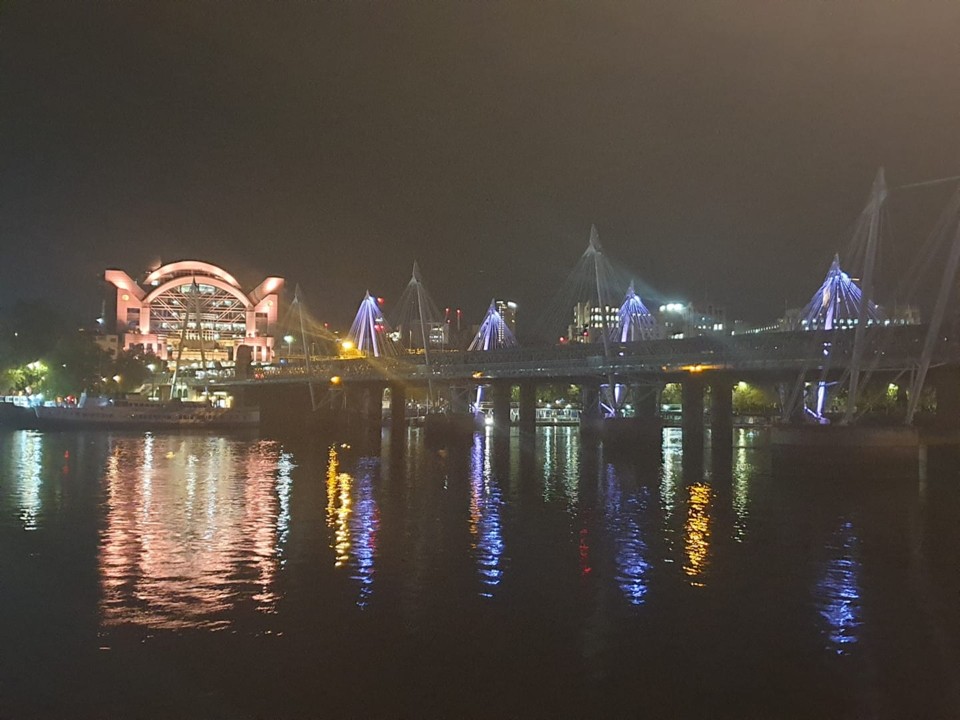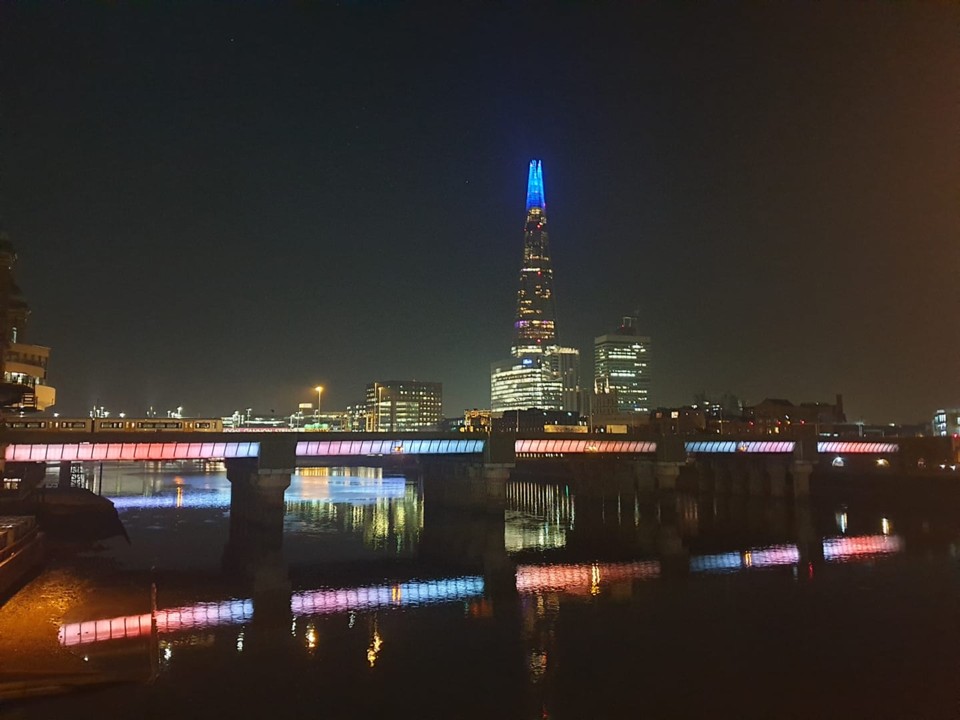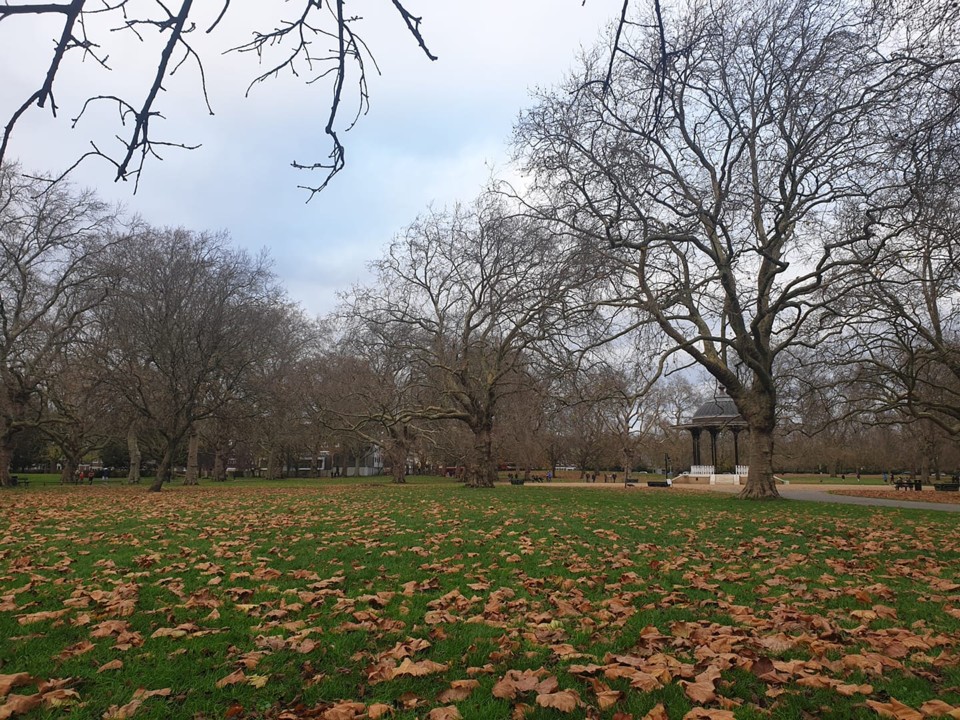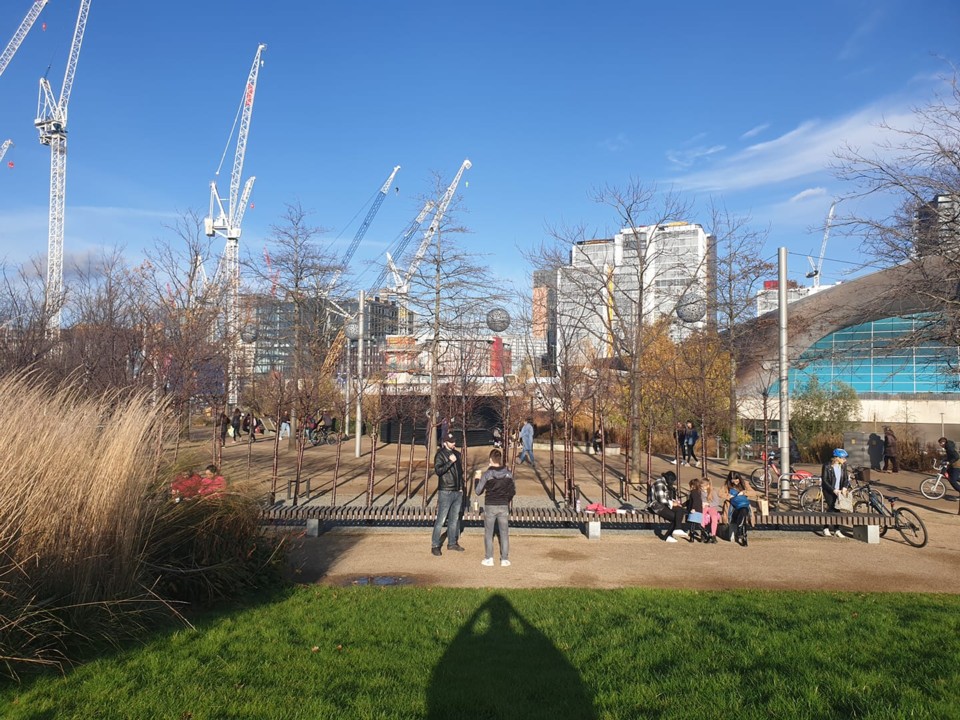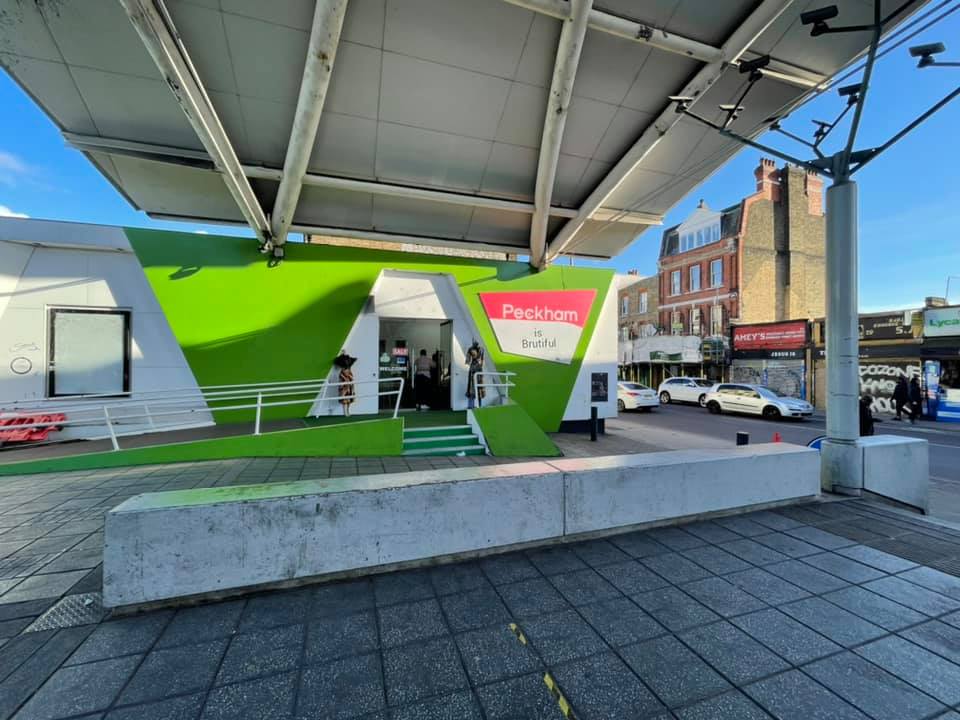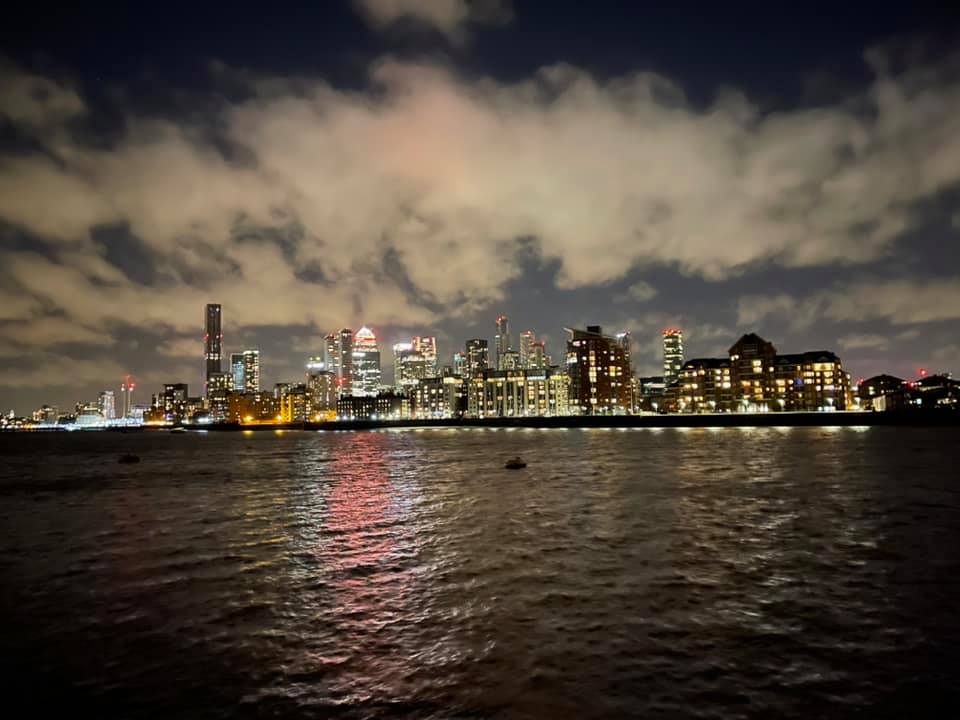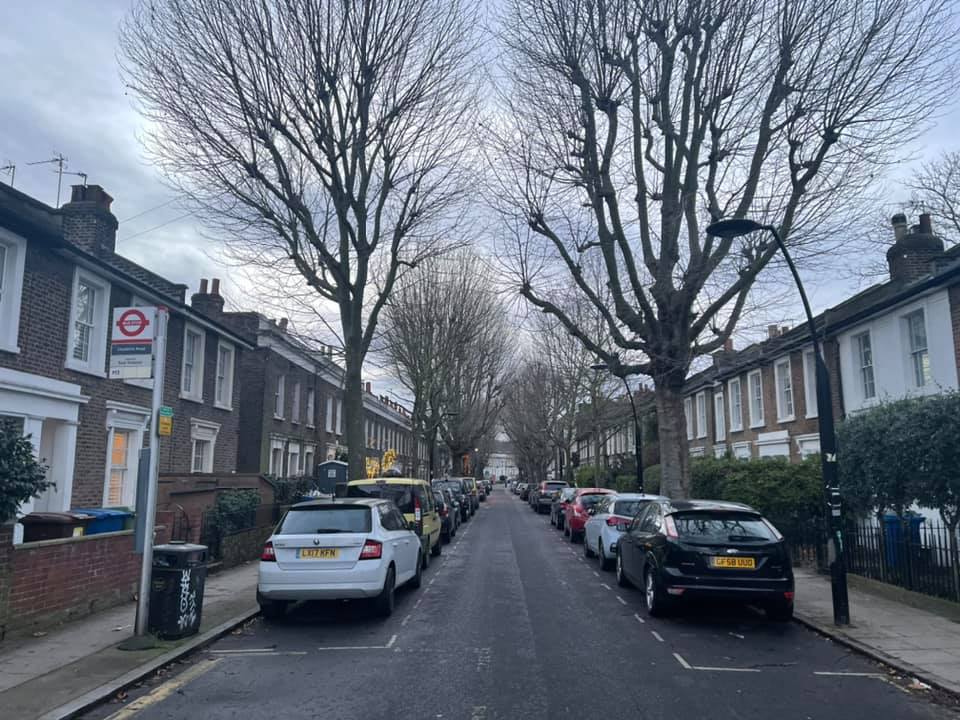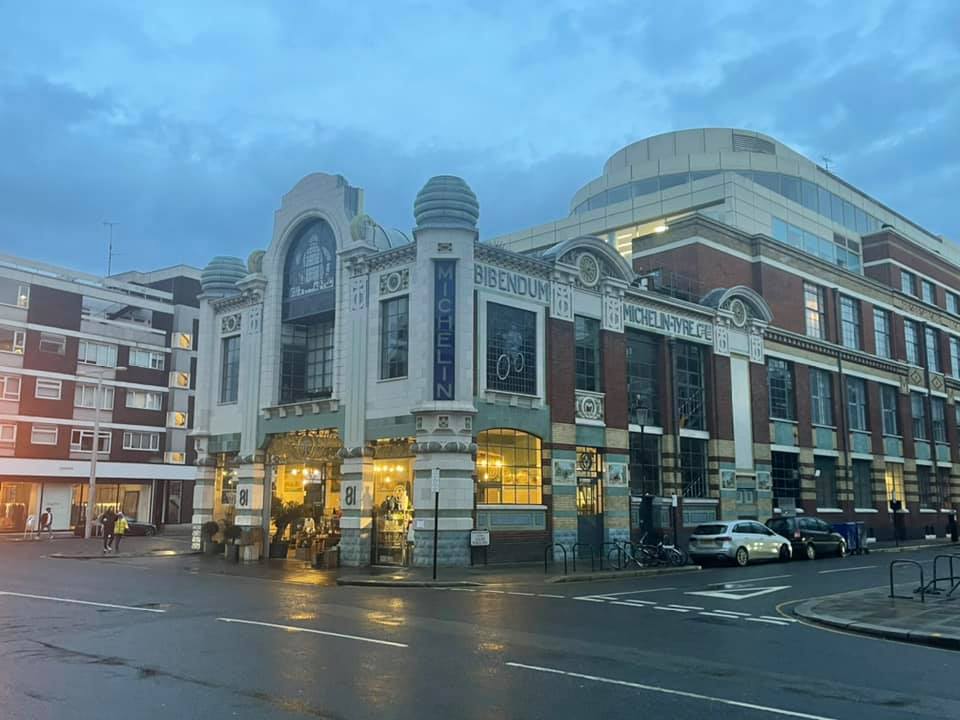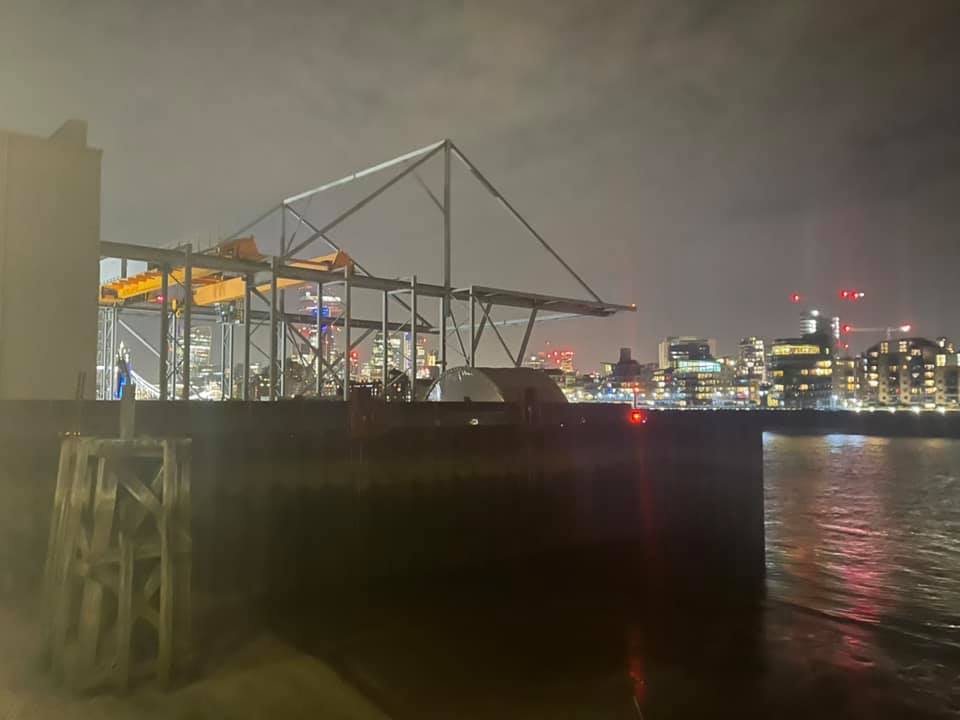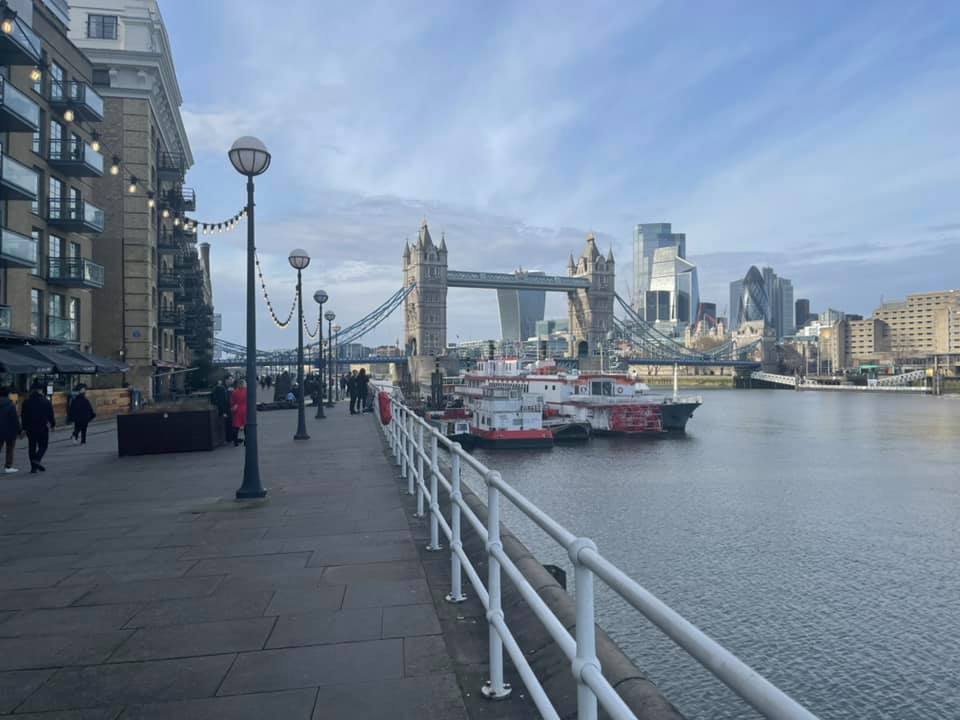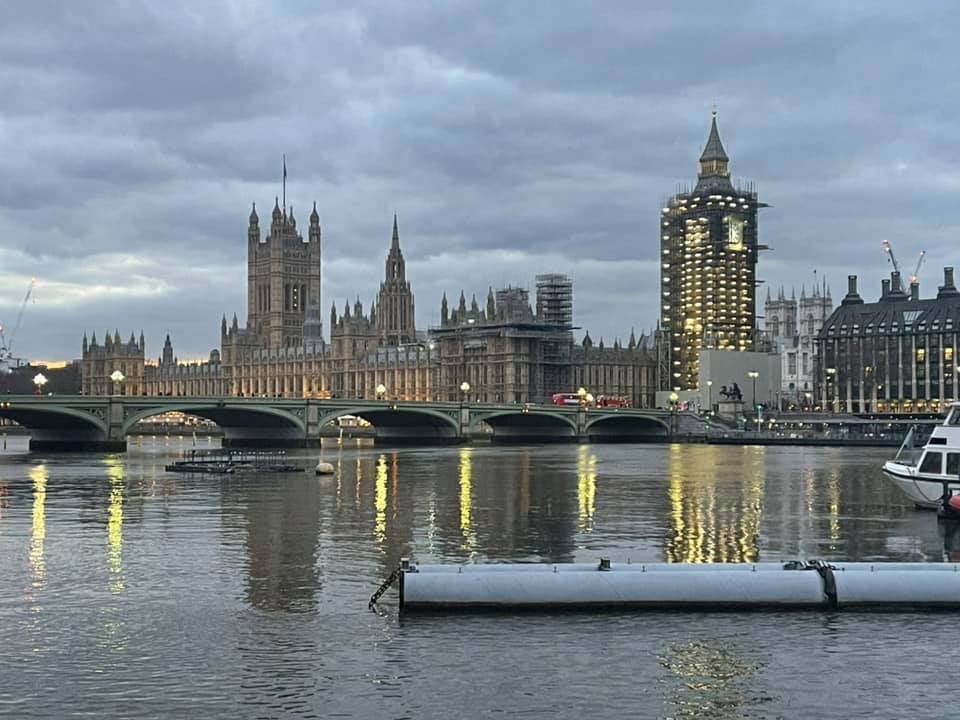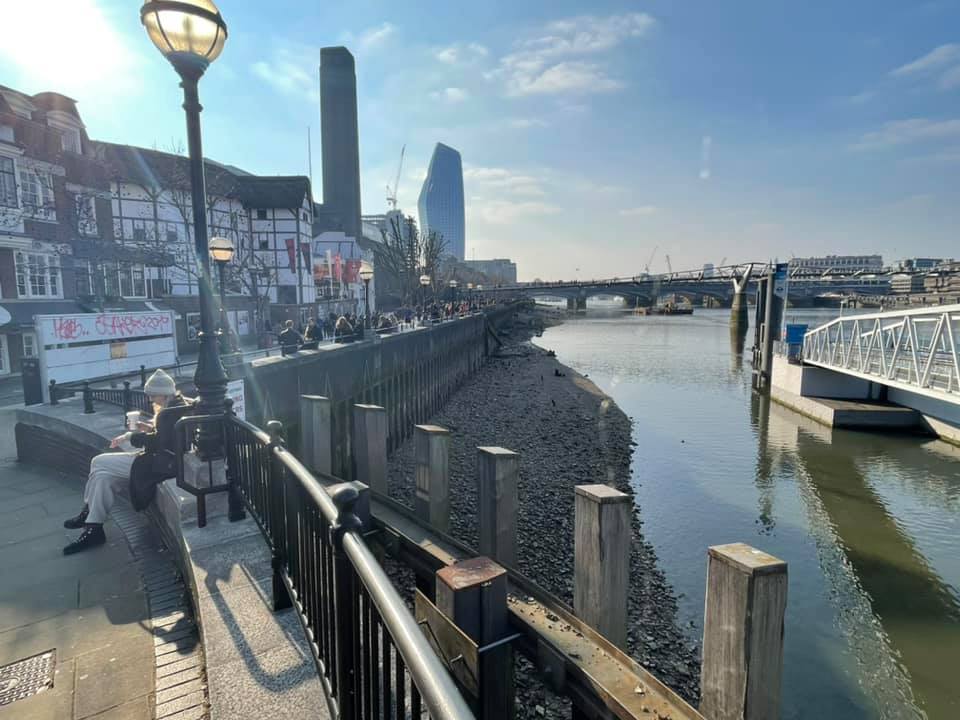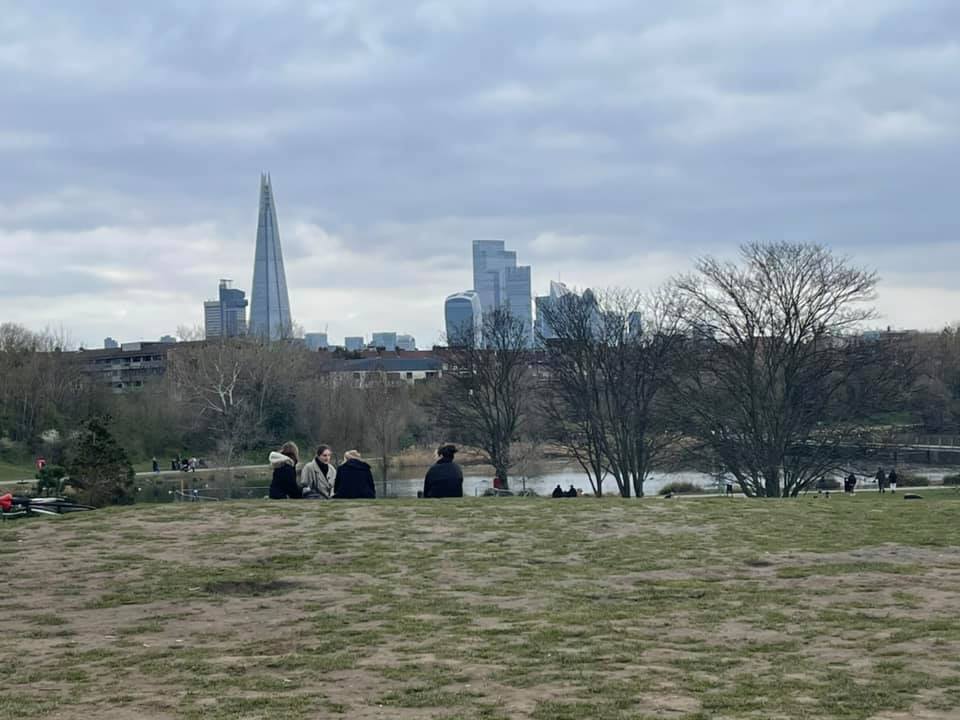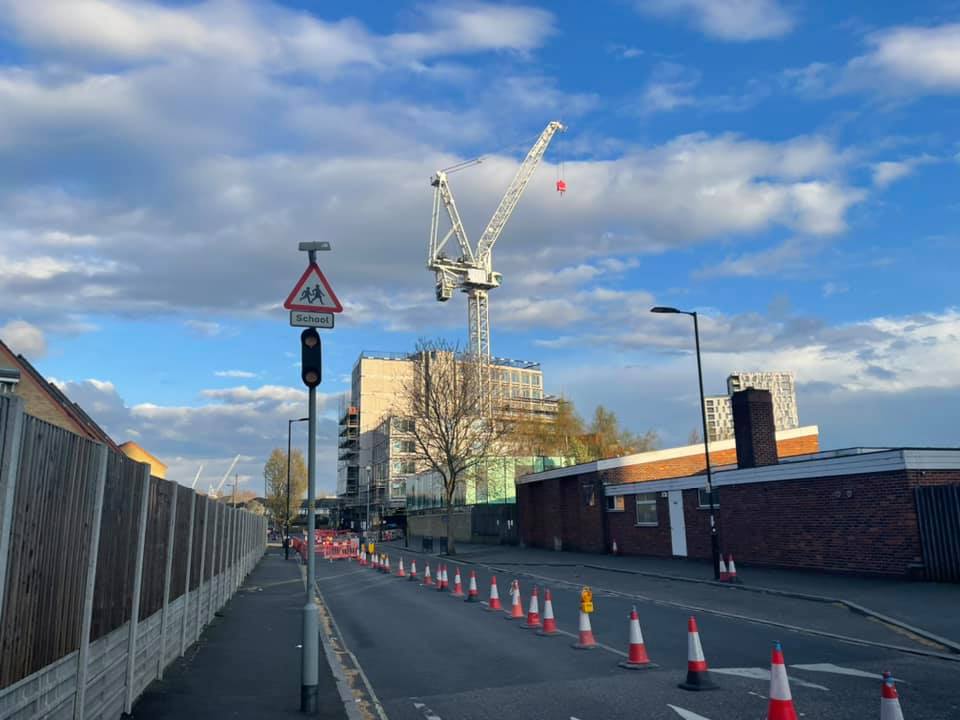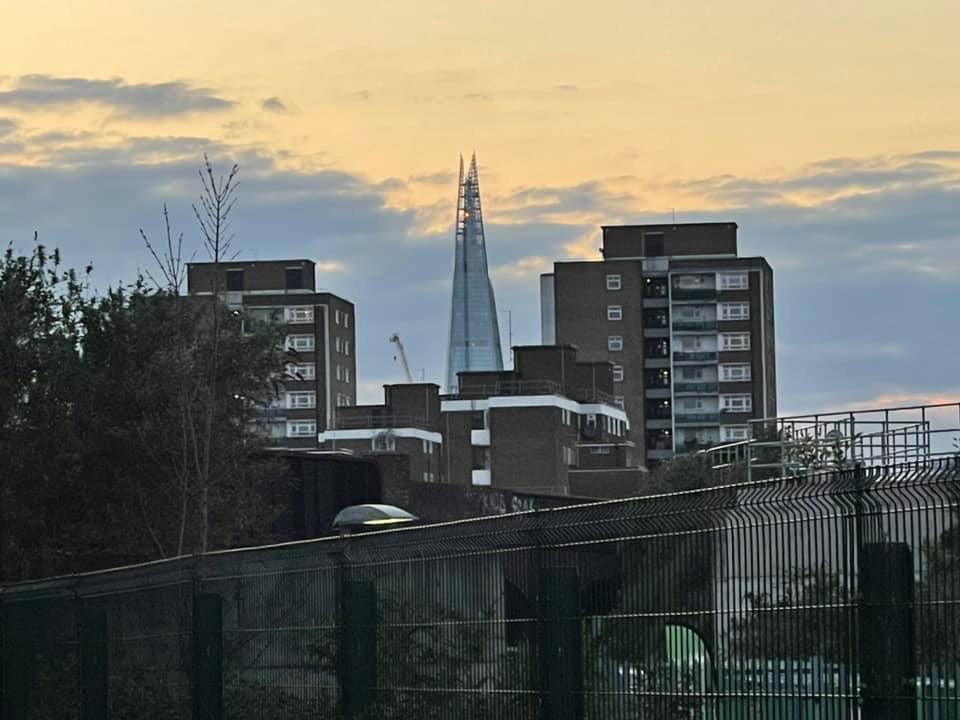For the last few weeks, a strange glitch has been afflicting this blog, involving spacing. If I stick up just the one photo, stretching all the way across the width of the blog’s column of text, all is well. But if I stick up a gallery of photos, which is something I very much like doing, there has been a problem. Too much space was suddenly, ever since a recent software update or some such thing, created below the gallery. Any attempt I made to remove this space only resulted in further spatial havoc below, in the form of too much space between subsequent paragraphs of text.
But now, either because the guardians of this software have sorted this out, or because the technical curator of this blog, Michael Jennings, has sorted this out, things are back to how they were. Good. Very good. I attach great importance to how this blog looks. If it looks wrong, I hate that. It demoralises me and makes me want to ignore the damn thing rather than keep on updating it the way I actually do. This was especially so given that galleries look so very good when they are working properly.
Well, as I say, things have now reverted to their previous state of visual just-so-ness. And I will now celebrate, with yet another gallery:
The above gallery, however, is not a gallery of my photos, but rather a gallery of photos photoed by Michael Jennings, all, I believe, with his mobile phone. Not having got out much lately, I have found the photos Michael has photoed while taking exercise, and then stuck up on Facebook, reminding me of how my beloved London has been looking, to be a great source of comfort during the last few months. And I actually like photoing in his part of London more than I do in my own part. This may just be familiarity breeding something like contempt, but is still a definite thing with me.
I started out having in mind to pick just four photos, which makes a convenient gallery. Then I thought, make it nine. I ended up with twenty four. It would have been twenty five (also a convenient number), except that one of the ones I chose was a different shape, which might have complicated things, so I scrubbed that one from the gallery.
But you can still look at that one. Because none of this means that you need be confined only to my particular favourites. Go here and keep on right clicking to see all of them.
I have displayed my picks here in chronological order, the first of the above photos having been photoed in October of last year. The final photo (which is what you get to if you follow the second link in the previous paragraph), of the church, which I learned of today, and which is the only one done outside London, is something of a celebration, of the fact that Michael is now able to travel outside London without breaking any rules, or such is my understanding. (Plus, I like those unnatural trees (see also photo number 9)).
Patrick Crozier, the man I do recorded conversations with (see the previous post), is a particular fan of Viscount Alanbrooke, Churchill’s long suffering chief military adviser during WW2. So he’ll like that this church is where Alanbrooke is buried.


